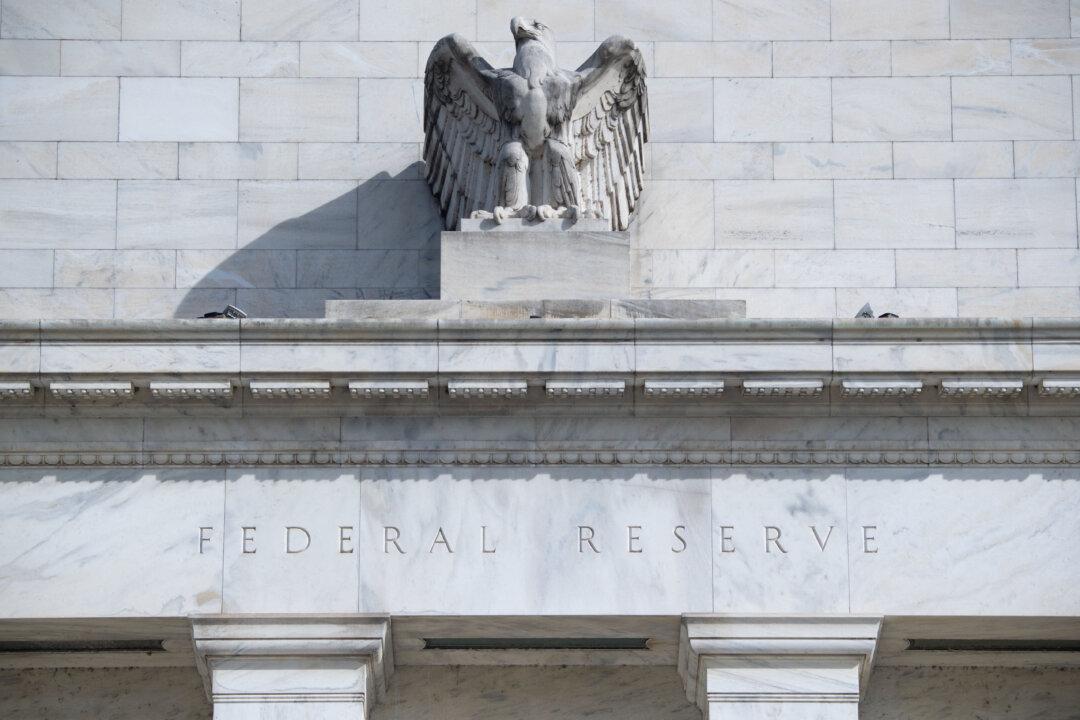Commentary
First-quarter GDP (gross domestic product) numbers are among the most confusing numbers the government has ever produced. The only two clear conclusions we can draw are that inflation continues to soar and the economy is in serious trouble.





